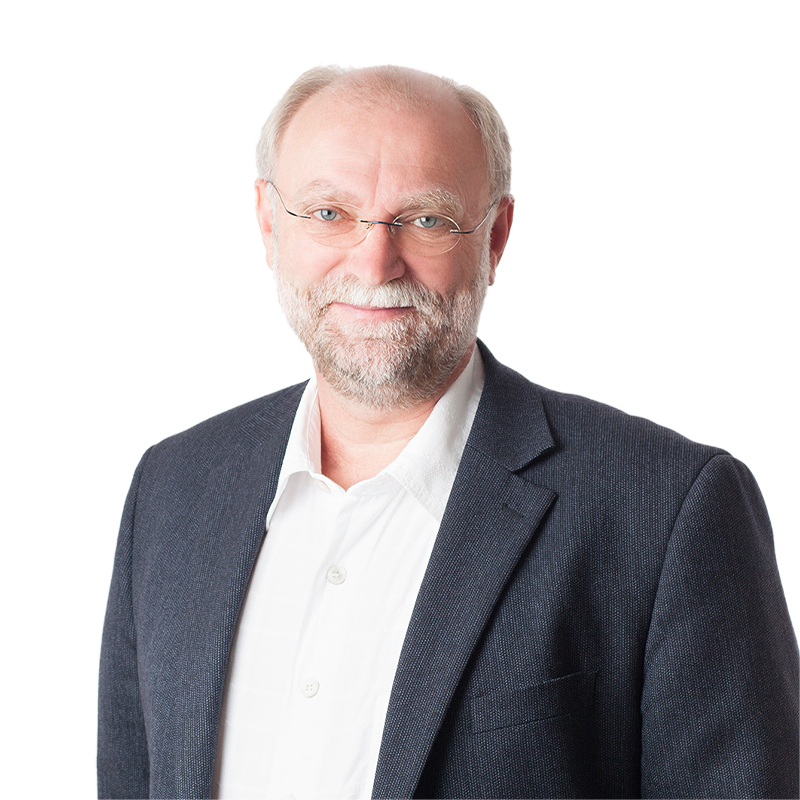Reverse osmosis, electrodeionisation and ultrafiltration
Challenge for the customer
Production of the water treatment system under low-particle conditions for consistently high water quality at all tapping points.
The delicate components of the measuring devices require ever greater precision in the production of the cleaning systems and the associated water treatment. WIKA has invested in a new ultrasonic cleaning system for the production expansion. The facility with seven baths is to be fed with a water treatment system. Among other things, the ultrapure water is to be heated to 60 °C. The goal: a consistently high water quality for the supply of all extraction points by means of a ring main and buffer tank. Ultra-pure water at a temperature of 60 °C is required for rinsing in the structuring and lithography tool.
The water used is cooled by means of a heat exchanger before being discharged into the sewer in order to use the energy gained to heat the city water and protect the environment. Further criteria for the water treatment system are measures that permanently prevent possible contamination and avoid the use of chemicals.
The required ultrapure water quality
The water treatment system must produce an ultrapure water quality of > 18 MOhm cm or < 0.0565 µS/cm from the drinking water supplied by Stadtwerke Klingenberg. Further limit values: silicate content < 100 ppb, TOC (total organic carbon) in the lower ppb range, particle-free < 0.2 µm, total number of bacteria < 100 CFU/ml.
The required quantity of ultrapure water
Peak capacities from a buffer tank and simultaneously from a ring main, such as 700 liters of ultrapure water at 10-minute intervals, must be taken into account.
A consistently high water quality is required, especially in the manufacture of industrial measuring devices. After detailed consultation, a water treatment system was designed to supply the extraction points of the purification plant and other consumers. In order to avoid introducing any particles into the system during the manufacturing process of the water treatment system, the entire production process at EnviroFALK was carried out in a clean room. Dr. Rolf Schreinert, Product Manager at EnviroFALK: “Companies from a wide range of industries, such as measuring instrument manufacturers or the medical and optical industries, all work with high-precision and sensitive products that require ultra-clean conditions for use or processing. Our water treatment systems are manufactured under low-particle conditions in the mobile clean room.”
In addition to desalination by reverse osmosis and electrodeionization, UV radiation and ultrafiltration ensure a low germ and endotoxin load. To ensure this over the long term, the system is constructed in PP before reverse osmosis using an infrared welding process (IR) and on the permeate side in PVDF using bead and groove-free welding (WNF).
In addition to desalination by reverse osmosis and electrodeionization, UV radiation and ultrafiltration ensure a low germ and endotoxin load. All process-relevant parameters can be measured online and transmitted to the building management system via an Internet connection.
Dr.-Ing. Lorenz A. Kehrer, Sensor Development at WIKA: “In order to provide our customers with measuring technology suitable for their demanding production processes, e.g. in the pharmaceutical or semiconductor industry, our components are manufactured and inspected to the highest quality standards. The right cleaning concept in conjunction with well thought-out water treatment is the key to our success.”

